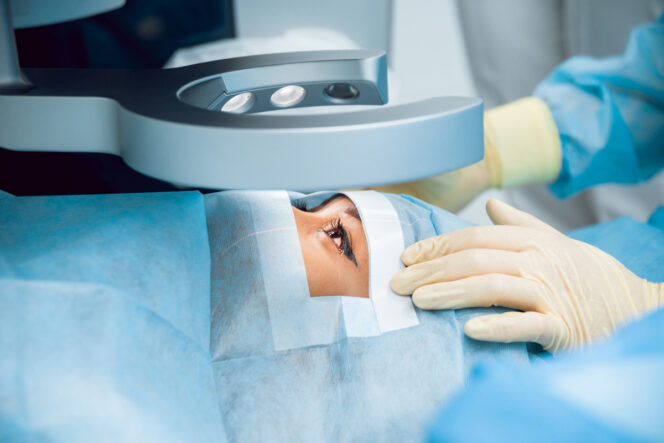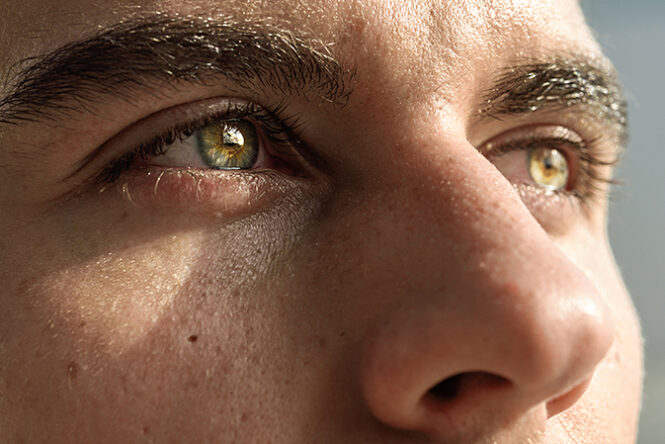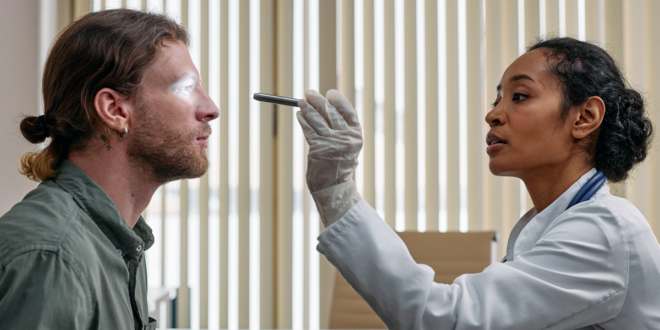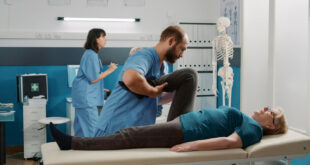Our eyes are one out of 5 essential senses a human being has. If you lose one of those others get heightened up as a response and as a survival means. But why do you have to lose a sense?
Thanks to modern-day medicine and technology there are fewer and fewer things we can and do lose these days. Eyesight is one of them and in particular cases, you can save whatever is left of your sight, even improve it a bit. There is a certain thing no surgery and no doctor or modern medicine can save but hey that is just the way life is.
Today, as you can see, we are discussing Refractive Lens Exchange surgery or RLE. We will tell you a bit about what it is, what you get and most importantly what is the recovery time from it. if you want to know a bit more on the topic of refractive lens exchange surgery you can talk to your doctor about it or you can continue reading this and many other articles and videos online and get familiarised with the essentials of this.
We know that many of you are eager to get to some answers regarding this topic which is why we are not going to procrastinate too much and we will dive straight into the meat and potatoes of this.
The most common question about this topic is what will happen when I have RLE surgery.

The answer to this takes us back to 1967 which was the time that cataract surgery has been started. Since then the modern three-step approach has been perfected and materials and techniques from 1967 have been improved and adapted numerous times. Now we have a perfection of RLE surgery that is considered the surgery you want to undergo if you have specific eyesight problems.
RLE is usually a quick surgery that takes 10-20 minutes on average, but you always have to consider some cases that may take a bit longer. The best thing about this one is that you can go home on your own or with a help of a family member the same day after the surgery has been completed. RLE is performed with a local anaesthetic in a form of eye drops. These will help numb your eye and allow the doctor to perform their magic. There are other forms of anaesthesia but that is usually discussed with doctors and the right type will be chosen accordingly. One thing that maybe makes some people dread this surgery is that you are awake the whole time, but since the surgery is short you don’t have anything to be afraid of.
There are 3 main steps to RLE surgery and they include:

- in this step, the surgeon needs to reach the natural crystalline lens by making a tiny incision in your cornea in the front of your eye and the lens capsule. This seems dangerous but it is fairly safe and everything is done far from the cornea, for now.
- Removing the crystalline lens is step two here and this is a bit complex part. Here the surgeon needs to prepare the crystalline lens for suction and removal. It is fiddly to do this but thanks to technology nothing is impossible.
- Lens replacement is step three and here, after natural crystalline removal, you are getting an artificial lens. It comes in a form of a small, rolled-up intraocular lens or IOL that will slowly and gently unfurl inside of your eye.
This new lens you just received should correct the blurry and unfocused vision you had from your cataract and you will have a clearer and brighter view of the world. All of this sounds a bit unreal but it is the time we live in. more and more of our “parts” will be replaceable and we will stop suffering from things that ached us in the past.
When the surgery is done your optometrist might put a protective shield over your eye and you will spend some short time in the recovery area, as a percussion.
Now for the fun part – the recovery time.

You will not be able to go by yourself and drive by yourself after the RLE and you should make arrangements with your family members or friends to bring you home after this. As far as feelings go, 90% of patients feel pleasant and surprised but you also may experience some symptoms right after surgery like being “off” or groggy which is the result of the anaesthesia drawing back, but it should only last a short while. Your eyes will be sensitive to the light and a bit itchy for a day or two.
You might also notice a glow or haloes or bright lights at night which is something that is normal after this surgery and that will go away on its own very soon. After a day or two after the RLE surgery, you will need to visit your optometrist for a check-up. They will see how are you recuperating and check for any possible infections.
After this type of surgery, you can go back to your typical, but low-impact activities in about 24 hours. Your optometrist and their team will notify you if you need to add some other restrictions to your activities and for how long, so make sure you consult them for more information. They will also give you info regarding when you can resume normal activities and most importantly when you can drive safely again. Resuming exercises and all other more demanding activities should be in a week’s time tops, again depending on your and your particular situation.
After about a month your RLE surgery recovery should be complete and with the optometrist’s approval, you should resume all of your activities at the pace and effort you did before you underwent the surgery. This is a rather safe and relatively non-complex surgery with great recuperation time and most importantly great success, so if you are struggling with cataracts and eyesight quality then you should really think about doing one, but first visit your physician, talk with them do the tests necessary so you know you can do it safely and with the biggest success.
 Imagup General Magazine 2024
Imagup General Magazine 2024



